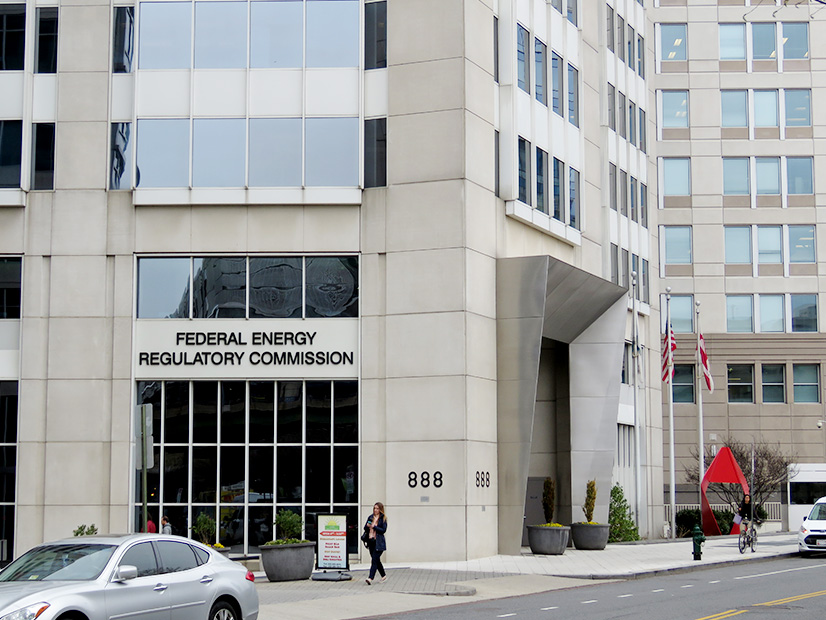NAESB Standards Gain Final FERC Approval
May 23, 2021
FERC approved a final rule ordering utilities to implement the latest version of NAESB's Standards for Business Practices and Communication Protocols.




